The context.
During the 1940s, and especially after Germany's defeat in World War II, Franco's regime suffered from almost total international isolation:the monarchist option represented by D. Juan de Borbón showed its detachment from the regime , Spain was excluded from the nascent United Nations Organization (UN) whose General Assembly condemned the regime in 1946, in the same way the country did not receive any help from the Marshall Plan nor could it be part of the newly created NATO. This punished the fascist character of the regime and its alignment with the Axis powers during the recent world conflict. However, the Anglo-Saxon political elites, although they did not feel any attachment to the Franco regime, began to value the dictator's anti-communism and the political reliability of his regime, especially from the end of the aforementioned decade. Thus, in 1948, modest economic agreements with Great Britain and the US showed the first symptoms of an international rehabilitation. This had to do with the fact that the Cold War was imposing itself as a fundamental new paradigm in international relations, especially after the USSR carried out its first nuclear test in 1949 and, in China, Mao Zedong's army defeated Chiang Kai-shek's nationalists and imposed a communist regime in that country. From then on, the priority for the United States was to prevent communist expansion in the world.
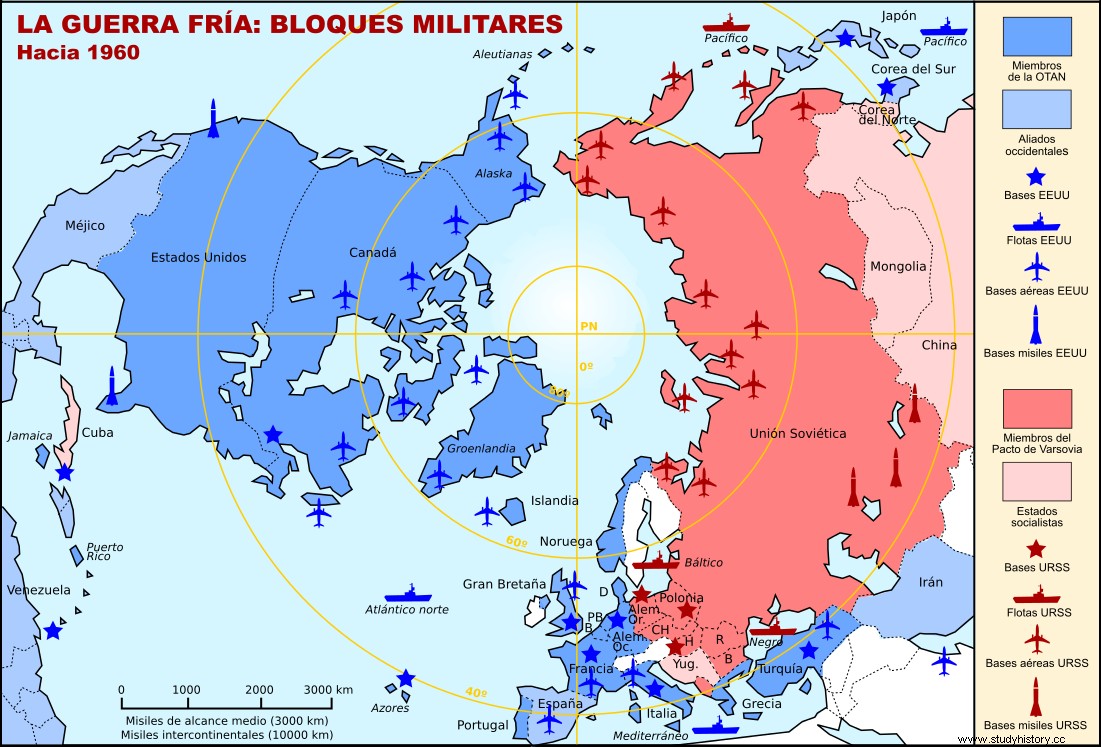
And that priority favored the Franco regime. In 1950, already under the impact of the Korean War, the United States and Great Britain pressured the UN to revoke the resolution that condemned Spain, although the definitive entry into the organization would not take place until 1955. Shortly after, in 1953 , the Franco regime signed a Concordat with the Holy See that legitimized it politically in the Catholic world. But the decisive step was the establishment of a bilateral and direct relationship with the United States, a relationship always subordinate and dependent on North American interests, aware of the strategic role that the Iberian Peninsula would have in the international projection of its military force in a possible confrontation with the USSR. This relationship was manifested in the signing of bilateral agreements with the North American power on September 26, 1953, the so-called Madrid Pacts.
The agreements with the United States
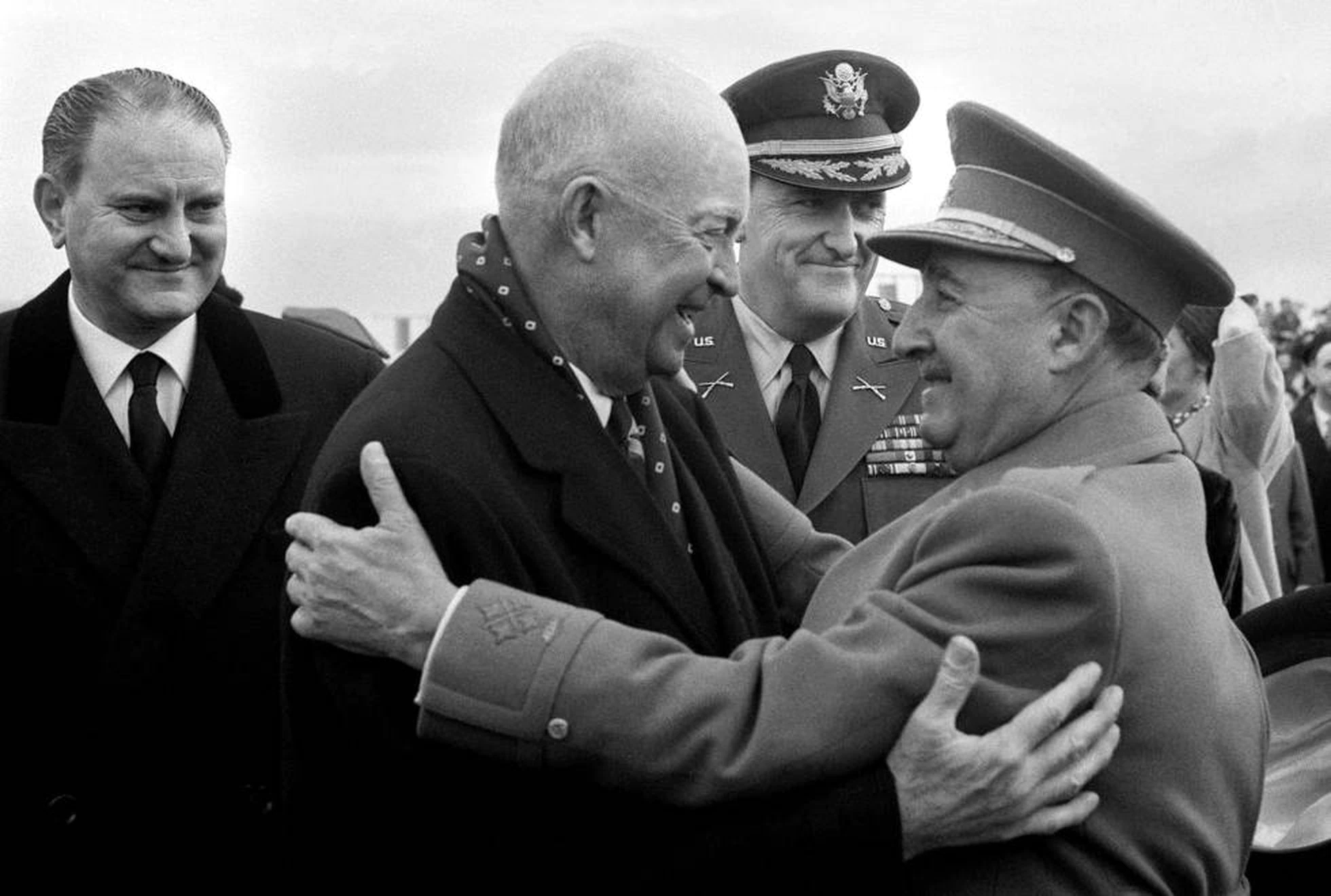
The negotiation of these agreements lasted for two years, as they had begun in 1951 and were signed in 1953. There were three agreements:a defense agreement, a mutual aid agreement for defense and a third economic aid agreement. In essence, they assumed that, in exchange for limited economic aid and war material, Spain granted the North American country the right to establish and use military installations on its territory:air and naval bases as well as other radar and radio installations. These pacts were renewed and altered at later dates:1963, 1968, 1976 and 1988.
Although economic aid was limited – loans worth some 1,500 million dollars between 1953 and 1963 as well as food aid – it was essential to alleviate the serious situation of economic hardship in which the country found itself. In the same way, the military material provided, although old, served to technologically renew the armament of the three armies, which still largely came from the Spanish Civil War or even before; its value amounted to about 450 million dollars and the US government imposed limitations on its use. Despite this, this contribution to arms served to revitalize the national military industry, stagnant for a long time.
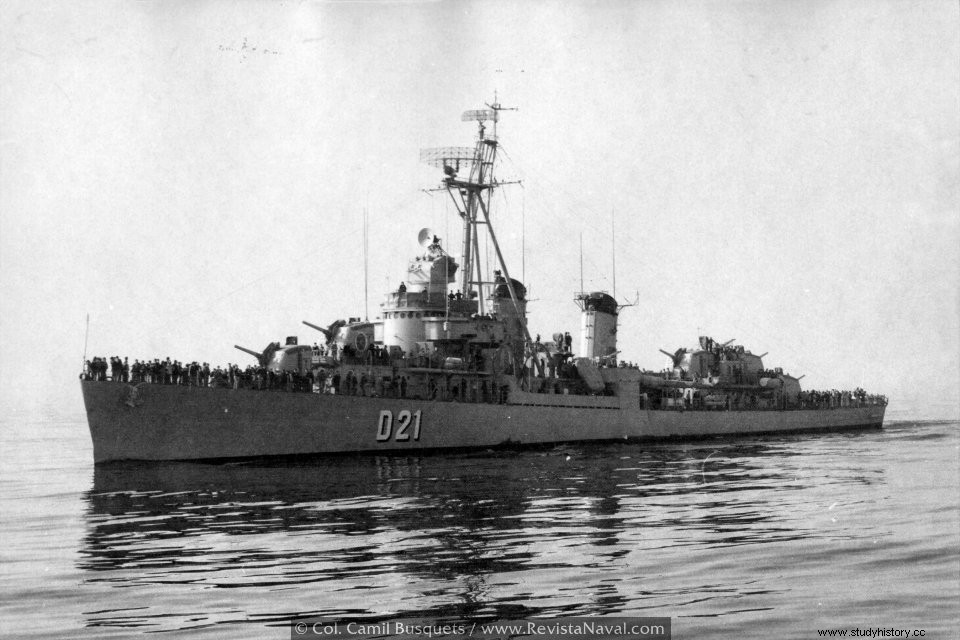
Although the aid proposed in the agreements was very improvable, for the regime they represented a political boost that showed the acceptance of Franco's Spain in the Western sphere, although it continued to be excluded from the Council of Europe, from NATO and would also continue to be so from the nascent Common Market. Spain became a strategic satellite of the United States, not an ally with full equality. The signed agreements spoke of a defensive nature against the danger that threatens the Western world. This danger referred exclusively to a communist aggression, since Spain did not receive any support from the United States in the Ifni (1957-58) and Sahara (1975) conflicts.
US food aid.
The North American food aid programs –called the ASA plan (American Social Assistance)– also reached Spain through the improvement of relations implied by the Pacts. Through this aid, important quantities of products arrived that were inaccessible to the lower social classes of that time – cheese, butter, oil and powdered milk. They were distributed through the National Primary Schools (where they were distributed in the form of breakfast or a snack to improve children's nutrition), Social Assistance and other charitable institutions such as Caritas. This aid lasted between 1955 and 1968, and served to improve the poor diets of the most disadvantaged social sectors.
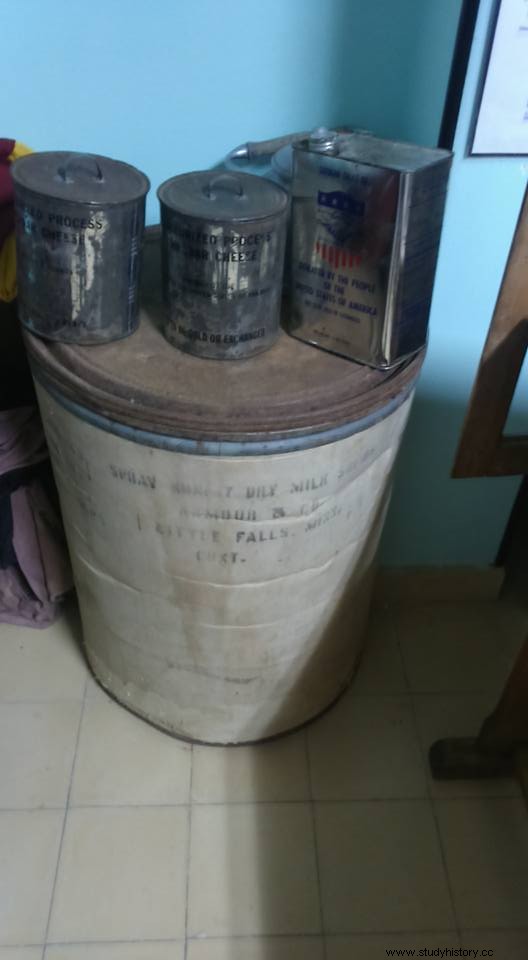
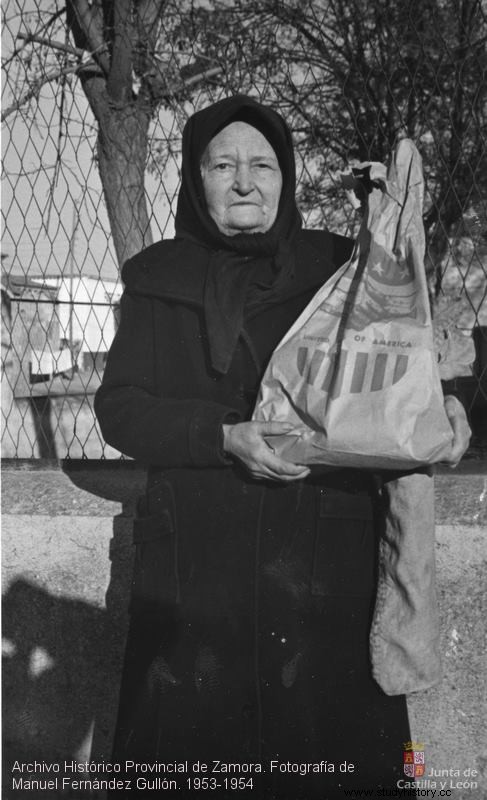
The North American bases in Spain
The bases would theoretically be under the joint sovereignty of Spain and the United States, but there was an additional secret protocol, which would not be known until many years later, by which the United States could decide, in the event of a communist attack, to use them freely, without obligation to report to the Spanish government. These facilities were part of the extensive surveillance and defense/attack network that the United States established in Europe both to abort any possible Soviet attack and to respond to it. On the other hand, with or without the knowledge of the Spanish government, nuclear weapons were stored in them, both through the docking of nuclear submarines in Rota and through the presence of strategic nuclear bombers —first the B-47s and later the B-52s. Its mere presence meant, therefore, that Spain became the target of a possible Soviet nuclear attack in the event of a conflict. Anti-communism, which was one of the ideological pillars of the regime, was reflected in this geopolitical alignment, which was also very convenient for Western interests in the framework of the Cold War.
The US presence went beyond the well-known large naval and air bases, since it was also reflected in a network of radar stations, telecommunications, supply centers, air and maritime navigation stations and even an oil pipeline. . A remarkable set, part of which was inherited by the Spanish Armed Forces after the end of the Cold War and the US withdrawal and another part was destroyed or abandoned. In the large bases, in addition to the military installations, civil installations were also created –housing, schools, shops,…– that exactly reproduced the North American way of life.
These facilities were the following (see also the map at the end of the section):
- Rota Naval Base . Still used by the US Navy. Construction began in 1953 and it became operational in 1958. It is a huge base that housed a group of North American nuclear submarines until 1979. It also housed a tropospheric communications station. The Rota-Zaragoza pipeline also originated from there, designed to supply fuel to tanker planes.
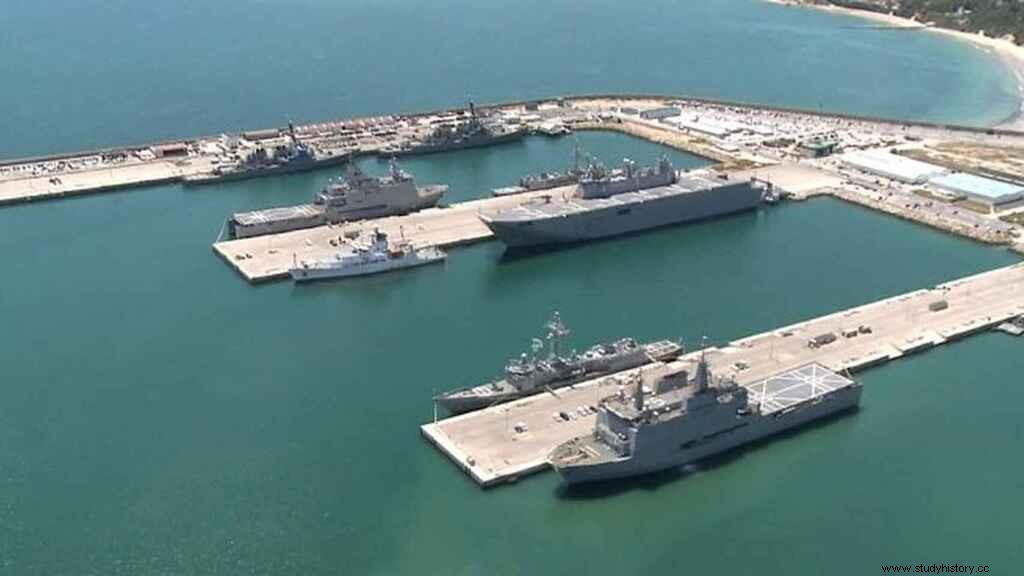
- Torrejón Air Base. Base of several groups of tactical fighter-bombers and headquarters of the command of the US 16th Air Force in Europe. It has the longest runway in Europe. The Americans stopped using it in the 1990s, although it was used by both countries during the first Gulf War.
- Morón Air Base (Seville) . In the 1950s and 1960s, it housed B-47 strategic bombers, later B-52s, and Super Saber fighters. Also some tanker planes, which are still in use today. The United States still maintains some Air Force installations there, although the base is exclusively Spanish.
- Zaragoza Air Base. It was a support base that housed the tankers needed for strategic bombers. Currently, it is only used by the Spanish Air Force.
- San Pablo Air Base (Seville). He played a supporting role until the 1980s; it was later ceded to Spain and is currently the civil airport of Seville.
- Reus Air Base (Tarragona). It was an auxiliary base, used for training and provisioning. Shared use ended in 1981.
- Stations of the navigation system called LORAN. Forerunner of the current GPS, it was used to triangulate the position of ships and aircraft. Two stations were built:in L'Estartit (Gerona) and in Estaca de Bares (Galicia). It worked until 1991.
- Radar Stations. Seven stations were built that from 1964 became dependent on Spain (Aitana, Puig Major, Rosas, Zaragoza, Elizondo, Villatobas and Contastina).
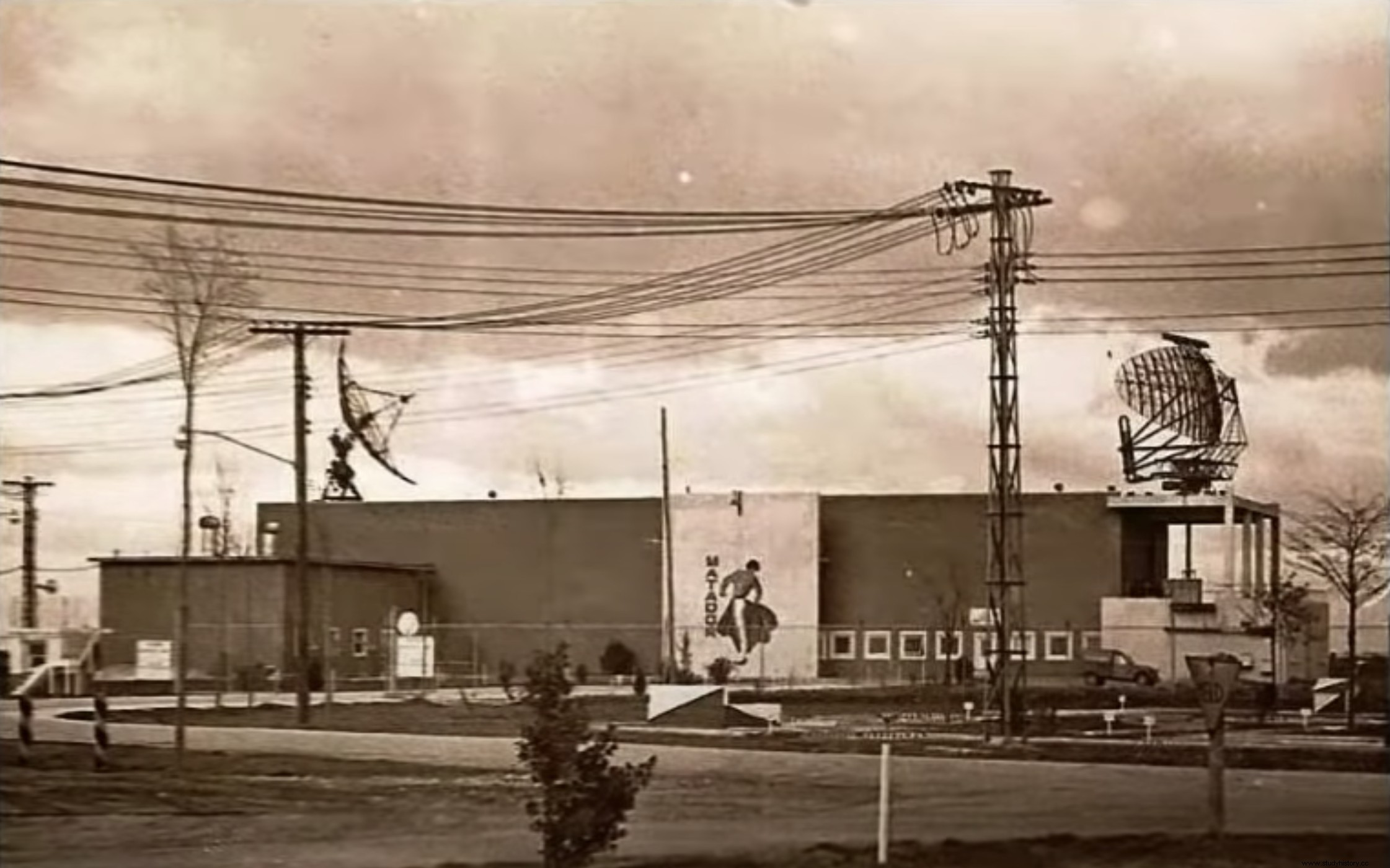
- Hydrophonic listening station. Built on the Canary Island of La Palma to detect Soviet nuclear submarines.
- Tropospheric communications stations . Its purpose was to give immediate warning in the event of a Soviet nuclear attack. Four were built in Spain:Menorca, Elizondo, Humosa and Rota.
- Geological prospecting facility for the detection of underground nuclear tests. Located in Sonseca (Toledo) and closed in the early nineties.
- Naval Supply Facilities . In Cartagena and Ferrol.
- Rota-Zaragoza oil pipeline.
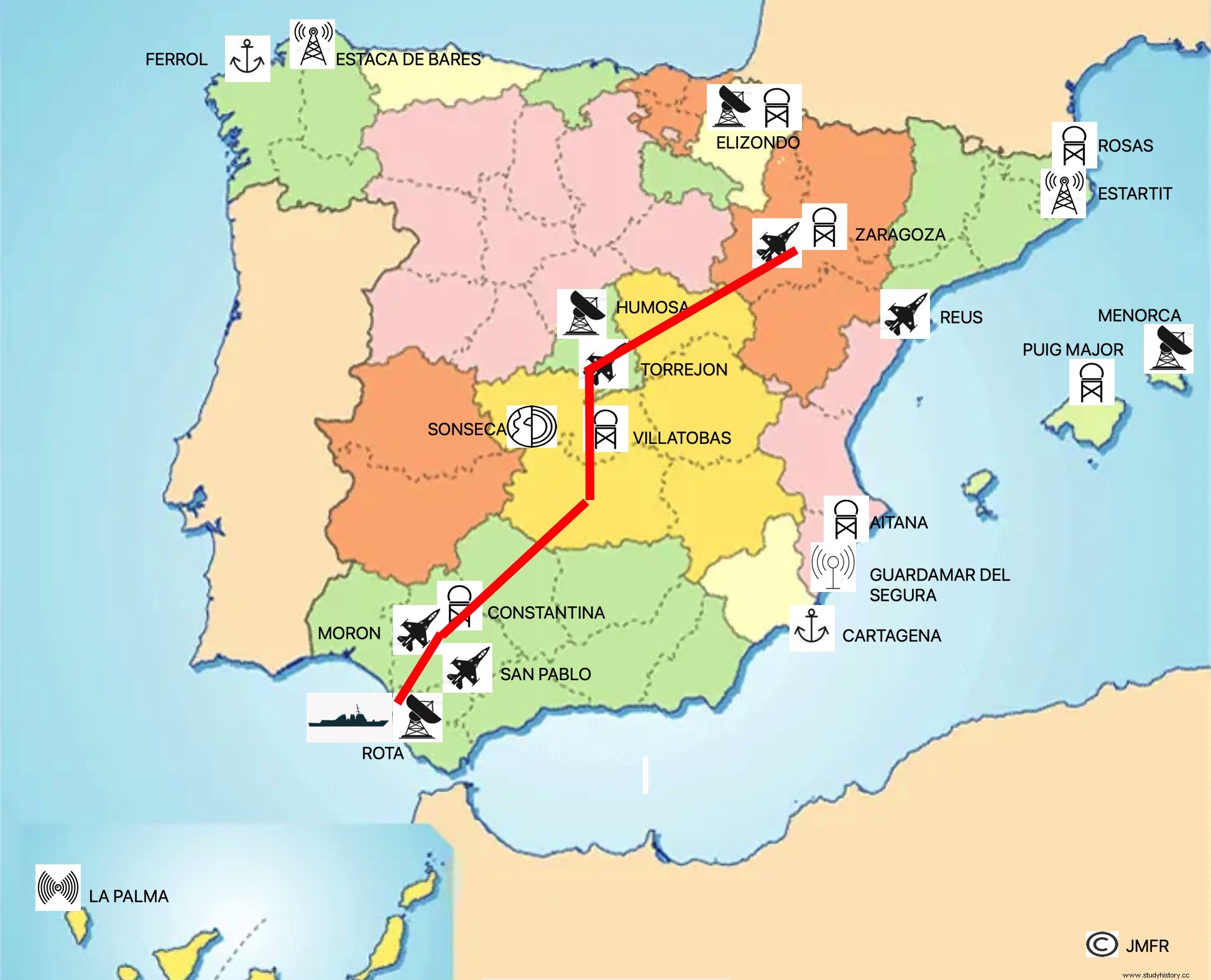
Conclusions
The Madrid Pact of 1953 generated a series of important consequences for Spain both externally and internally. Externally, they served to introduce the Franco government into the international dynamics generated by the Cold War, giving it a role in that scene. A secondary role, of course, but one that broke the isolation and previous sentence. This new role also implied assuming the risk of becoming the target of a possible nuclear war, but they trusted in the protection of the United States.
On the US side, pragmatism and the Pentagon's interest in Spain's geostrategic position prevailed, highly relevant in the new international context. It must be borne in mind that until the early 1960s the main vectors of nuclear weapons were strategic bombers – ballistic missiles would not become widespread until the mid-1960s. Therefore, Spain was essential for the routes of these bombers. In addition, it controlled one of the gates to the Mediterranean and allowed easy access to southern Europe and the Middle East.
Military installations gradually closed down from the late 1960s as technological innovations made them obsolete. The end of the Cold War ended up rendering them useless, with only the US presence remaining at the Rota and Morón bases.
In terms of domestic politics, the Pacts had greater significance for three reasons. The first was that they made possible the application of modern economic management models. The loans alleviated the bad economic situation of the first Franco regime and opened the doors of the World Bank and the International Monetary Fund, which made possible the subsequent Stabilization and Liberalization Plan of 1959. The second was that the dictatorial regime acquired a certain international respectability, which left the democratic opposition more helpless. And the third was that it allowed a technological modernization of all the Armed Forces as well as a notable improvement of their means.
Bibliography
- De Riquer, B. (2021) Franco's dictatorship . Vol. 9 History of Spain. Critique-Marcial Pons. Barcelona.
- González, M. (2018) The shameful approach of the US to the Franco dictatorship. THE COUNTRY. Available at:https://elpais.com/politica/2018/10/20/actualidad/1540065578_181141.html
- Moradiellos, E. (1994). Isolated Spain. Notebooks of the Current World, 06 .
- «Madrid Pacts of 1953». In Wikipedia, the free encyclopedia , December 13, 2021. https://es.wikipedia.org/w/index.php?title=Pactos_de_Madrid_de_1953&oldid=140323224.
- Piñeiro, R. (2006) The Hispanic-North American agreements of 1953. Current History Online, 11. Available at:https://dialnet.unirioja.es/servlet/articulo?codigo=2479566
- Vinas, A. (2003). The negotiation and renegotiation of the Spanish-North American agreements, 1953-1988. A structural vision. Contemporary History Notebooks, 15. Available at:https://revistas.ucm.es/index.php/CHCO/article/view/CHCO0303120083A
- Sust, T. (2011). That powdered milk. The Newspaper . Available at:https://www.elperiodico.com/es/sociedad/20111030/milk-powder-1204089
- Trufault Military History (2021, December 28). History of the North American presence in Spain during the Cold War. [Video]. Youtube. https://www.youtube.com/watch?v=I9pkGfyyX3E
